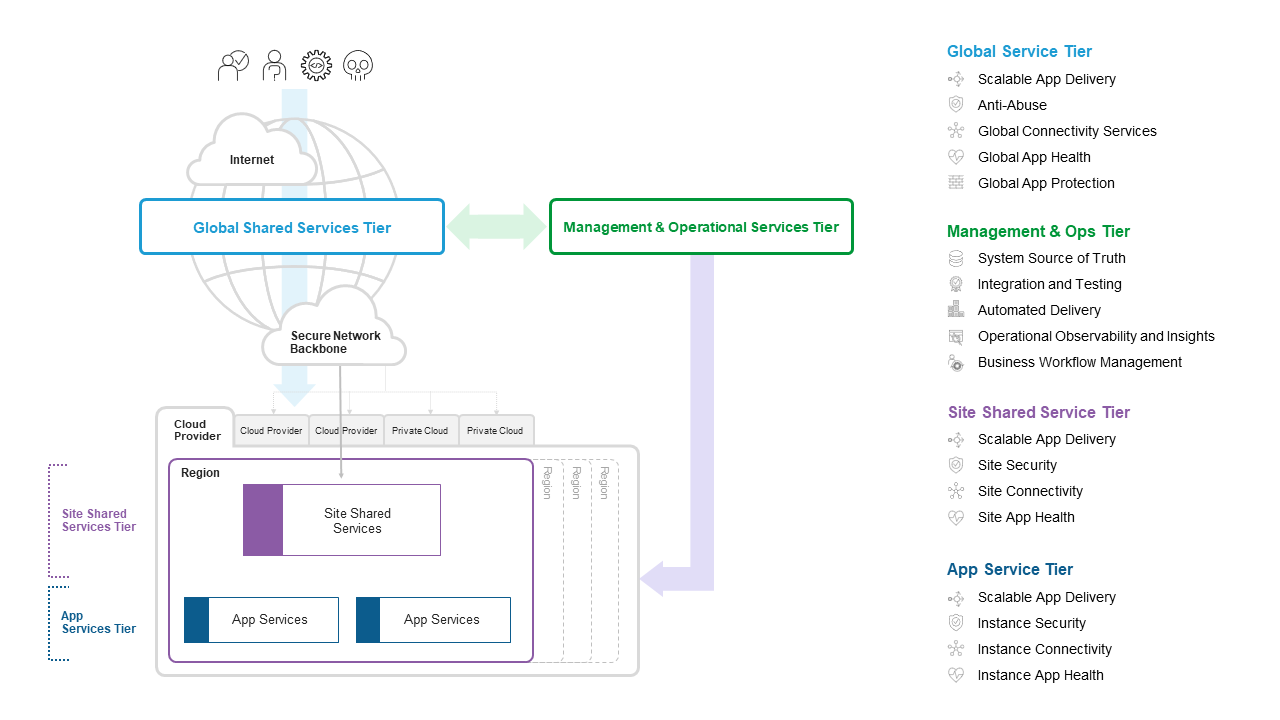Technology is Great (but building codes were invented for a reason)
Technologists have been expanding the art of the possible for millennia. Over the last twenty thousand years, we shifted from using stones to harnessing the power of plants, water, wind, and ore. These transformations have expanded our capabilities, capacities, and quality of life. These transformations have come with the need to alter our ways of working and living. Consider modern high-rise buildings. They are marvels of technical and social engineering. They are the physical embodiments of millennia of human progress. Hundreds of years ago, the technical possibilities provided by stone and mortar meant buildings were limited in height, limited in insulation, and were only affordable by socially elite individuals. The convergence of technology, knowledge, and process has grown together, producing higher, more efficient, and resilient structures over the last century. The introduction of glass and steel construction dramatically expanded possibilities for building design, leading to the vertical transformation of cities.
As buildings grew higher, their design, usage, and operation changed. As we moved into these large glass towers, how we live and work together altered significantly. Our workplaces became self-contained ecosystems with food service, high-speed elevators, and sophisticated climate control systems. Safety and health necessities required revisiting fire, evacuation, and air quality systems. As a result of these innovations, our workplaces—at least until the more recent “work from home” trends tied to the pandemic—went from housing a handful of coworkers to thousands of colleagues. Our workplaces went from places where we co-habited with our livestock to locations with exercise facilities. And our workplaces went from being our houses to demanding the daily mass migration of hundreds of thousands of commuters.
Similarly, modern application delivery platforms and operations technologies are altering how we work together delivering application services. In a few short years, the time required to deliver new capabilities has decreased from months or years to days or minutes. The convergence of technology, knowledge and process has come together to dramatically accelerate the speed of digital value creation. As we strive to maximize the value of these new platforms, we are discovering new security and reliability requirements to address. We must enable application developers and operators with streamlined abilities to enhance and update application services. Simultaneously, we must defend the companies and customers from malicious workloads, supply chain risk, and abusive traffic.
An adaptive approach to service delivery can reconcile these practically conflicting demands. The adaptive method includes a tier-based architecture, process-focused performance metrics, and modern engineering practice recommendations.
Solution reuse and change velocity are enhanced by using an adaptive tier-based architecture to segment your service delivery landscape into four key areas:
- Management and Operations tier
- Global tier
- Site tier
- Application tier
In tandem, continuous improvement practices (such as Kaizen) transform development and operations processes to improve metrics such as:
- Frequency of delivery
- Mean time to recovery
- Mean time between failures
- Lead time to value
Finally, software engineering practices manage application and infrastructure code alike via:
- Source control of code and configuration
- Deployment automation
- Test automation
- Security earlier (“shift left”) in the service delivery life cycle
- Loose coupling
- Proactive notification
Overall, using an adaptive approach to designing, deploying, and operating your service delivery landscape, will position you to better:
- Capitalize on the potential your current and new technology offers
- Respond to business needs in an agile fashion
- Adjust to threats rapidly
- Adapt fluidly to the opportunities of new technology
In the end, the proper adaptive constraints help organizations move faster with greater security, balancing the constantly expanding art of the possible with the realm of the responsible. Your application delivery landscape lies at the confluence of technology innovation, security threats, and business invention. Each of these is a rapidly accelerating influence on how and why your business operates. Technology vendors deliver new and enhanced capabilities in weekly cycles. Bad actors ceaselessly threaten your application services with any number of manual and bot-driven attacks. At the same time, your colleagues continuously strive to create new and exceptional customer experiences. Consequently, continually adapting your application delivery landscape to these challenges will bolster your organization’s strengths and mitigate its weaknesses, laying the groundwork for a secure and prosperous future.

